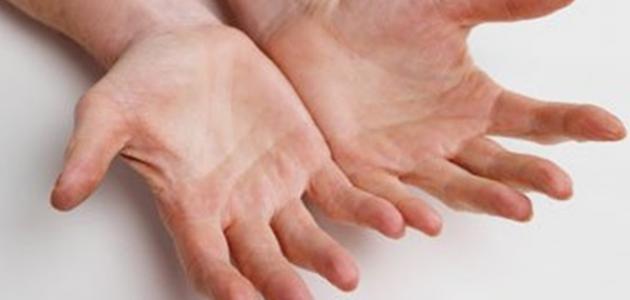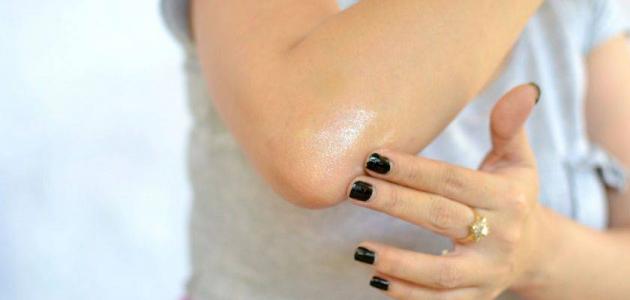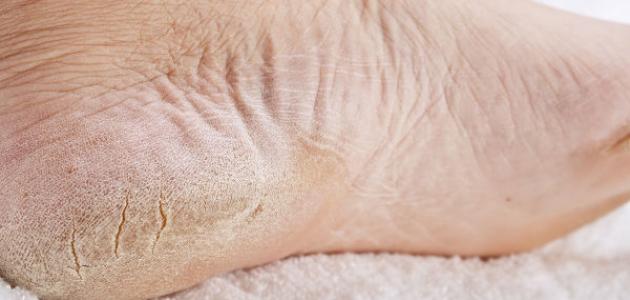henna
Henna is considered Henna Or larvae or broccoli and arcs, or as they are called in the scientific field Lawsonia inermis One of the most famous and important types of perennial perennial plant species belonging to the platypus, which is specifically listed under the list of Asians, is grown in many regions around the world, including the areas within the Mediterranean basin, and in the southern part of Asia, India and China, and in some countries of Africa such as Sudan and Egypt, which are characterized by their natural structure of high value, and used extensively since ancient times in many areas, most important therapeutic and cosmetic, and good for the treatment of foot problems, and in this article we will mention the benefits in this aspect and how to use .
Henna benefits for the foot
- Henna is one of the best natural materials that resist the problems of dryness, roughness, skin scaling in general, and dry feet in particular. This area is most vulnerable to drought, especially during winter and cold weather, which distorts the appearance of the skin and is reflected negatively on it. Many problems, which require the application of Henna locally on the areas to be softened and subsidized to use to get the desired texture.
- Treat the various burns that affect the foot, and eliminate the effects of the final, by mixing the appropriate amount of fresh leaves with equal amount of vinegar or fresh lemon juice, and apply the mixture on the soles of the feet, and repeat the process continuously.
- Eliminates fungus of the feet, especially fungus of the fingers, or fungus of figs, by kneading henna with water and put it between fingers or areas affected and left to dry and then washed with water.
General benefits of henna
- It is ideal for getting rid of joint problems and rheumatism.
- Treat and reduce fever, as it works to control body temperature.
- Some skin problems are treated as vitiligo and chronic scabies.
- It contains a high percentage of essential compounds such as vitamins, minerals and acids. It also protects the scalp from various diseases, such as fungi and germs, and reduces the appearance of the crust. It causes itching and irritation, strengthens the hair follicle and stimulates it to grow, making it very useful to eliminate baldness problems, as it is used to change hair color.
- Is involved in the manufacture of many analgesic drugs that contribute to the rapid healing of wounds.
- Treatment of headaches and migraines.


